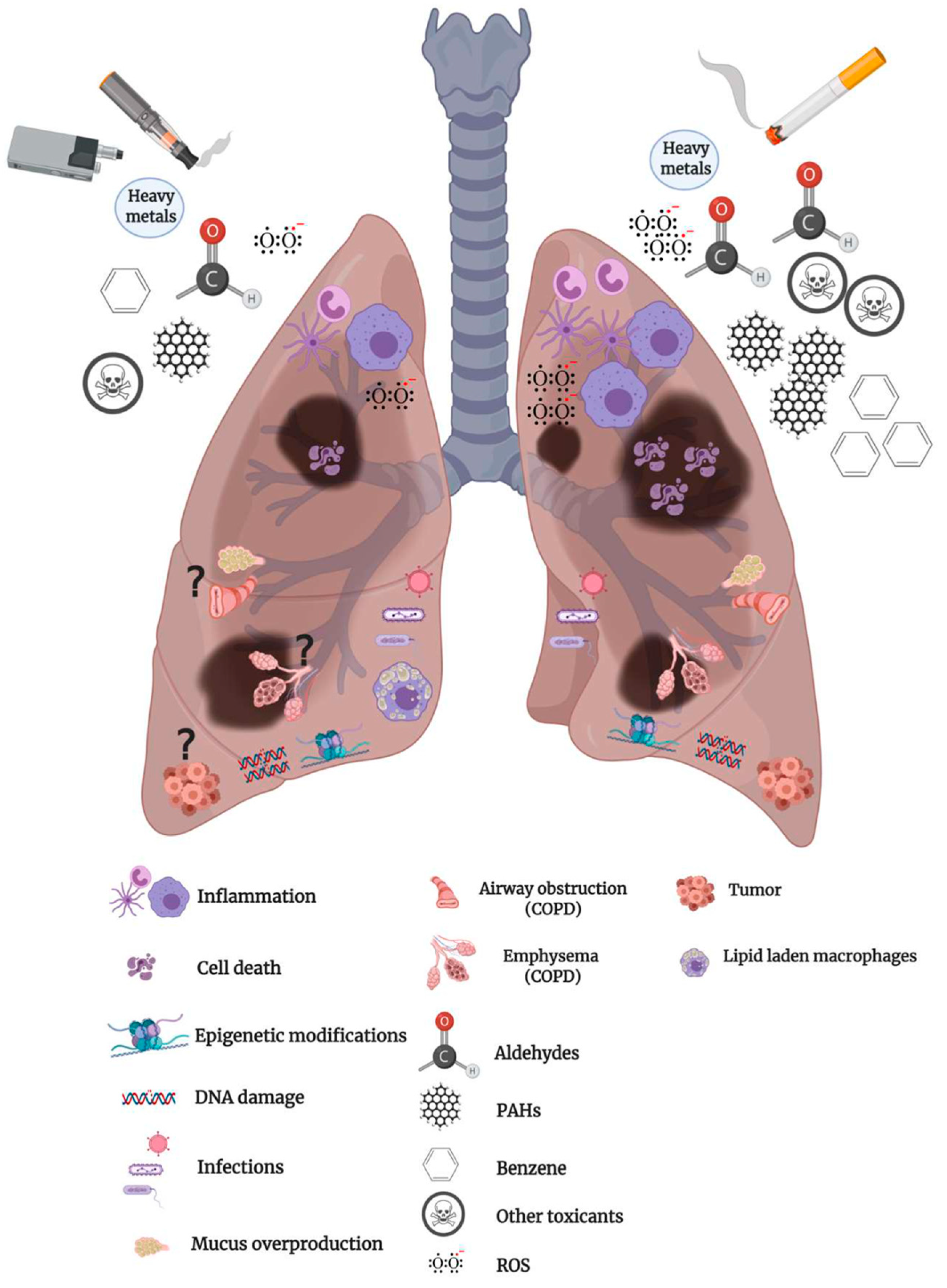Electronic cigarette vapor, often perceived as a less harmful alternative to cigarette smoke, carries significant potential health risks due to its complex chemical composition.
Harmful Components in E-Cigarette Vapor
Vapor contains several concerning substances:

- Nicotine: Highly addictive, harms adolescent brain development, increases blood pressure and heart rate.
- Ultrafine Particles: Inhaled deep into lung tissue and bloodstream, causing inflammation and cardiovascular stress.
- Volatile Organic Compounds (VOCs) & Aldehydes: Including formaldehyde and acrolein (carcinogens or respiratory irritants), often formed when e-liquids overheat (“dry puff”).
- Flavoring Chemicals: Many (e.g., diacetyl, cinnamaldehyde) are safe for ingestion but pose inhalation risks like “popcorn lung” (bronchiolitis obliterans) and airway damage.
- Heavy Metals: Tiny particles of nickel, tin, lead leach from device coils into the aerosol.
- Propylene Glycol (PG) & Vegetable Glycerin (VG): Base liquids can degrade into harmful aldehydes and cause upper airway irritation (dryness, cough).
Potential Health Problems
- Lung Damage: EVALI (E-cigarette, or Vaping, product use-Associated Lung Injury), increased asthma symptoms, wheezing, chronic bronchitis risk, impaired lung function, and potential long-term chronic obstructive pulmonary disease (COPD).
- Cardiovascular Effects: Increased heart rate, blood pressure, arterial stiffness, endothelial dysfunction, and elevated risk of heart attack and stroke.
- Immune System Suppression: Vapor reduces immune cell function and increases susceptibility to respiratory infections like pneumonia.
- Oral Health Problems: Gum inflammation (gingivitis), increased cavity risk, dry mouth, and oral lesions.
- Carcinogenic Potential: Although generally lower than cigarettes, the presence of established carcinogens (formaldehyde, acetaldehyde, metals) implies a long-term cancer risk.
- Adolescent Brain Development: Nicotine disrupts synapse formation and prefrontal cortex maturation, impacting attention, learning, impulse control, and addiction susceptibility.
Vulnerable Populations and Unknowns
Adolescents and young adults face heightened risks of addiction and lasting harm. Pregnant users expose the developing fetus to nicotine, affecting brain and lung development. Crucially, the long-term health consequences (over decades), especially concerning cancer and chronic respiratory/cardiovascular diseases, remain largely unknown due to the novelty of these products.
Conclusion
While generally considered less harmful than combustible cigarettes, e-cigarette vapor is not harmless. It exposes users to a mixture of toxicants causing documented acute and subacute health problems across multiple organ systems. Significant evidence points to potential for significant long-term damage, particularly with sustained use. E-cigarettes cannot be considered a “safe” alternative to smoking.









